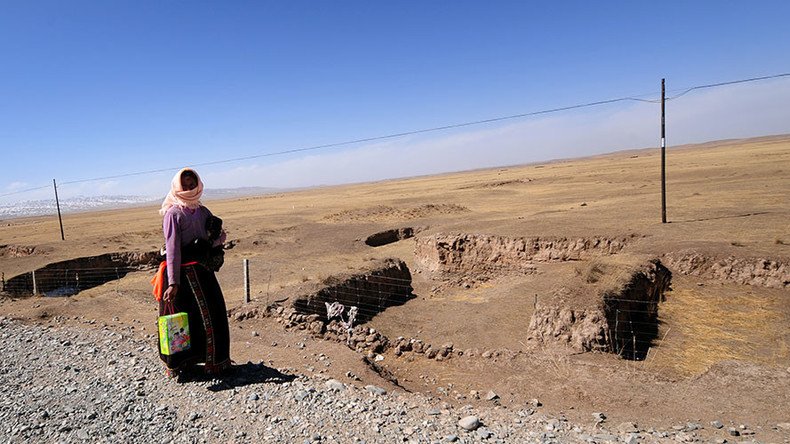China selects site for simulated Mars colony, doubling as tourist attraction

China’s sparsely-populated Qinghai province will host the country’s first Mars simulation site, which will serve as both a tourist attraction and a facility for experiments needed for exploration of the Red Planet, Chinese media reported.
READ MORE: Red Planet Reconnaissance: Watch 10yrs of Mars exploration in under 3 minutes (VIDEO)
An agreement to build a “Mars village” in the province’s Haixi Mongolian and Tibetan autonomous Prefecture was signed on Tuesday, China News Service reported. The region is part of the vast Tibet Plateau, with a desert occupying three-fourths of the entire province, which is located in the northwest of China. The product of thousands of years of wind erosion, the desert and its arid conditions are close to those on Mars.
The planned village would have two sites, a “Mars community” and a “Mars camp”, according to Liu Xiaoqun, an official involved in space exploration at the Chinese Academy of Sciences. The local authorities hope that it will boost tourism in the region in addition to serving scientific research.
China is one of several nations with ambitions for extensive exploration of the solar system. Its first independent Mars landing mission is scheduled for 2020, with missions to the moon and other less-explored bodies also in the pipeline.
Other countries use desolate regions to conduct experiments on surviving in hostile Martian conditions. NASA last year successfully finished a year-long survival mission in a mock Mars colony located in Hawaii. A similar experiment in the Utah desert lasted for 80 days.
Russia hosted an isolation experiment called “Mars 500” which lasted over 500 days – the estimated time needed for a spaceship to fly from Earth to Mars. The international crew included a Chinese scientist.












